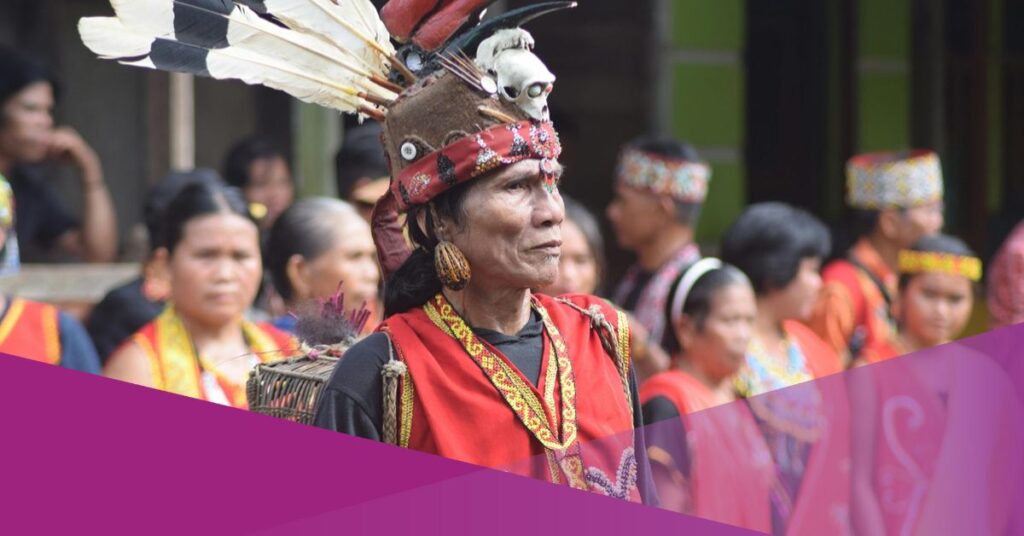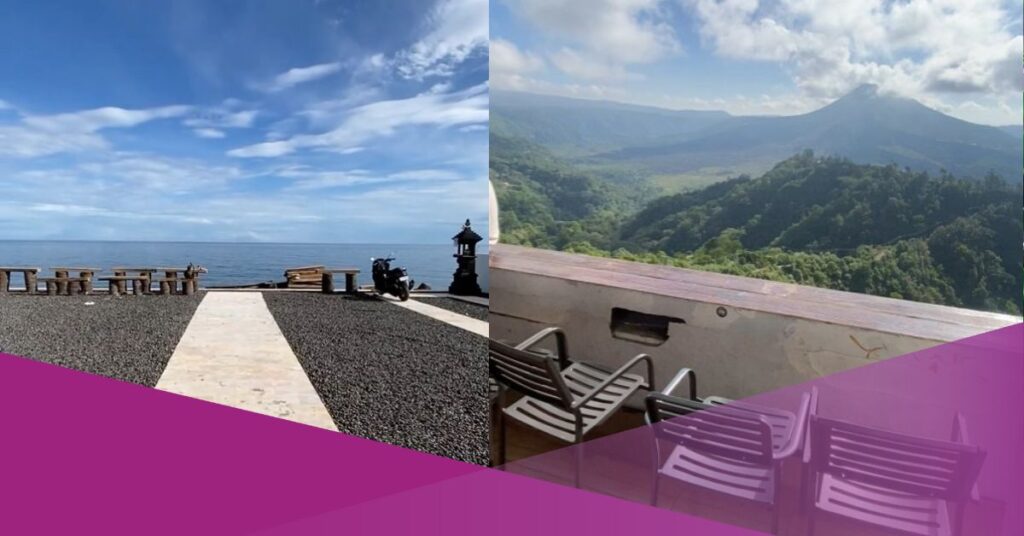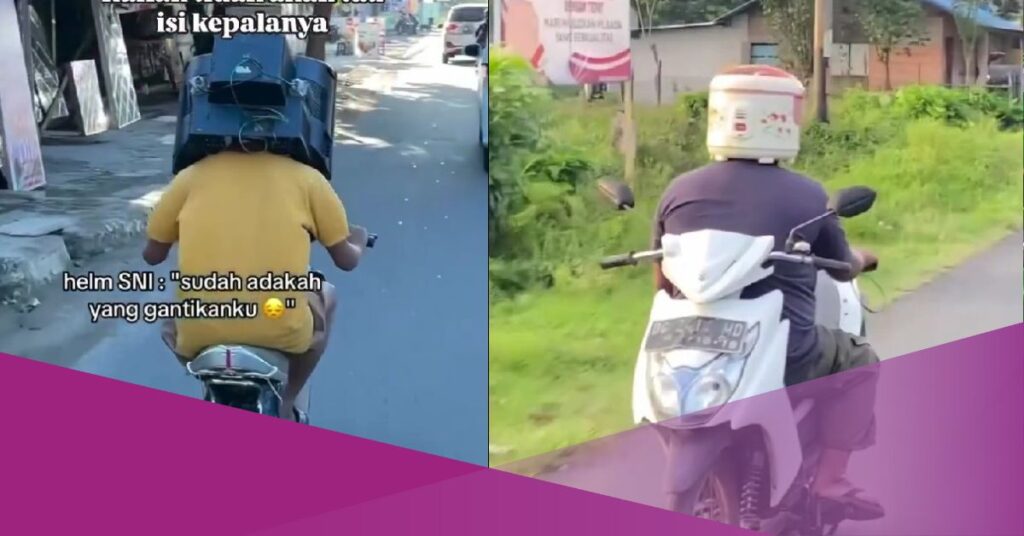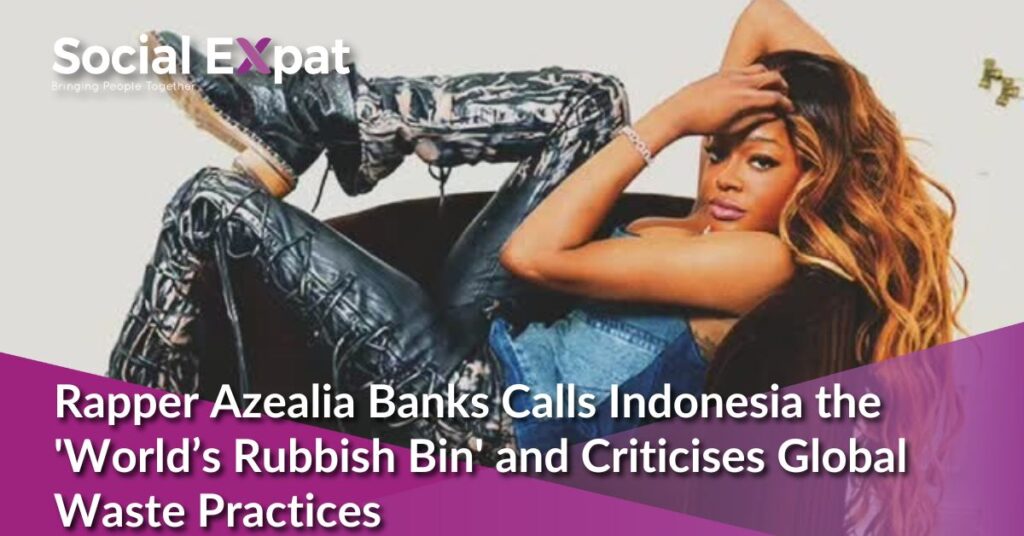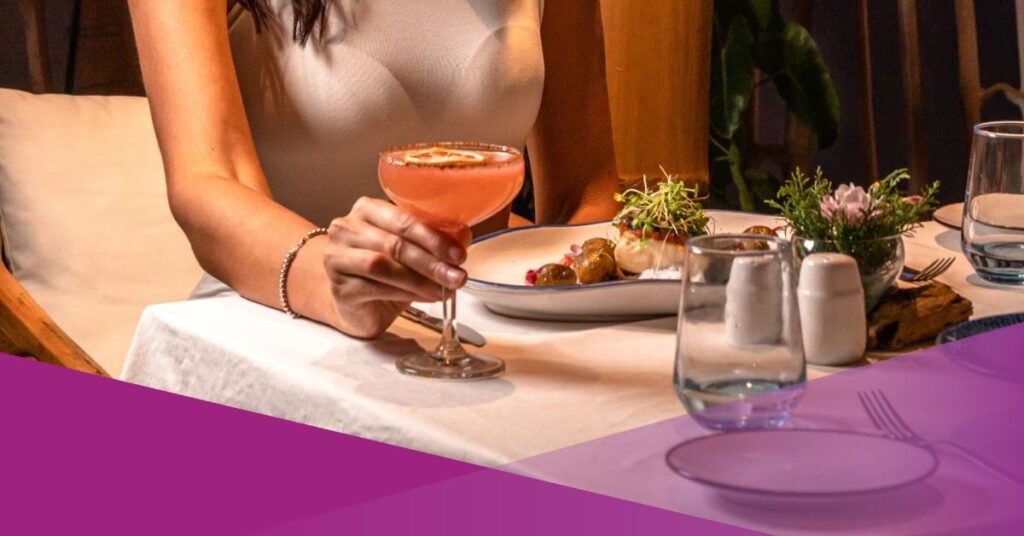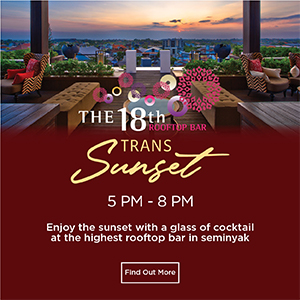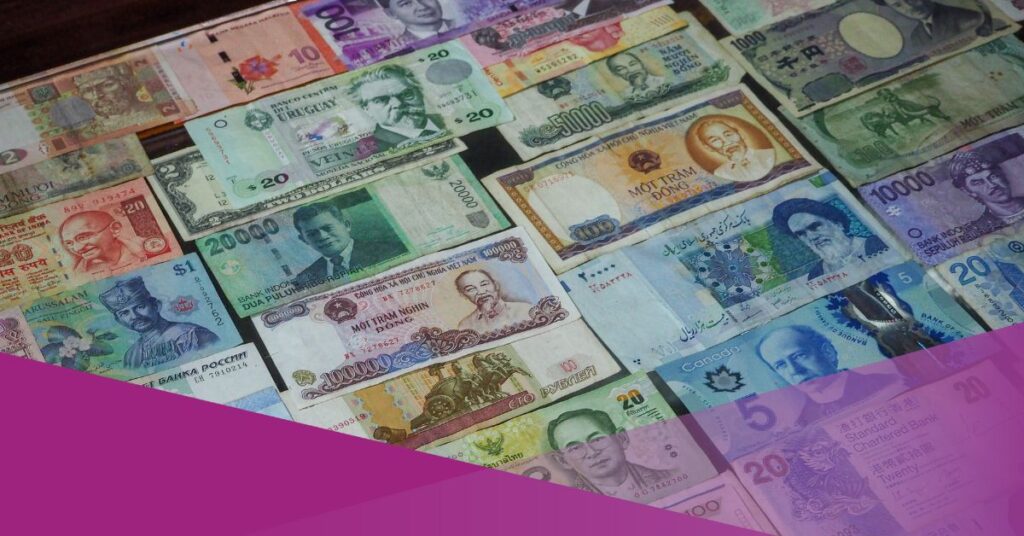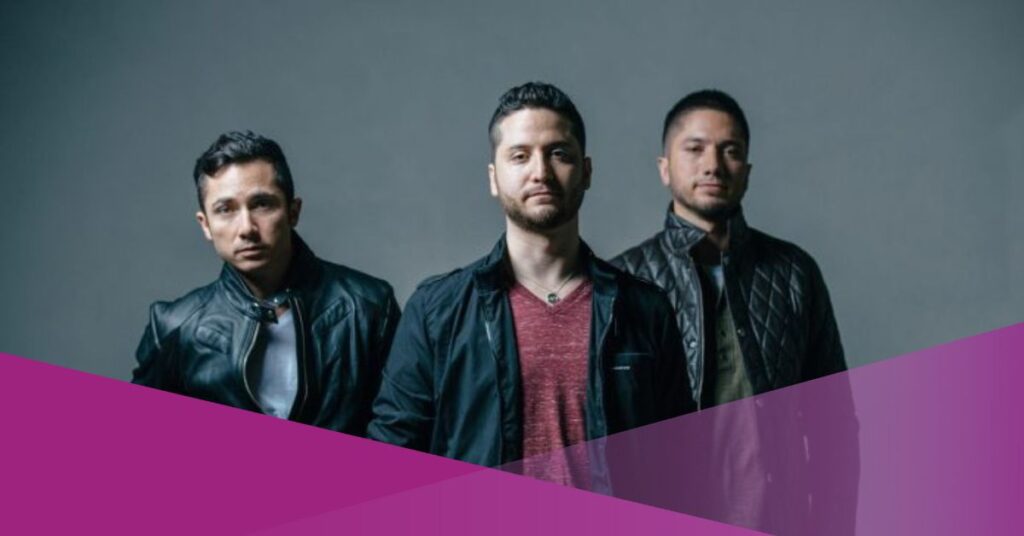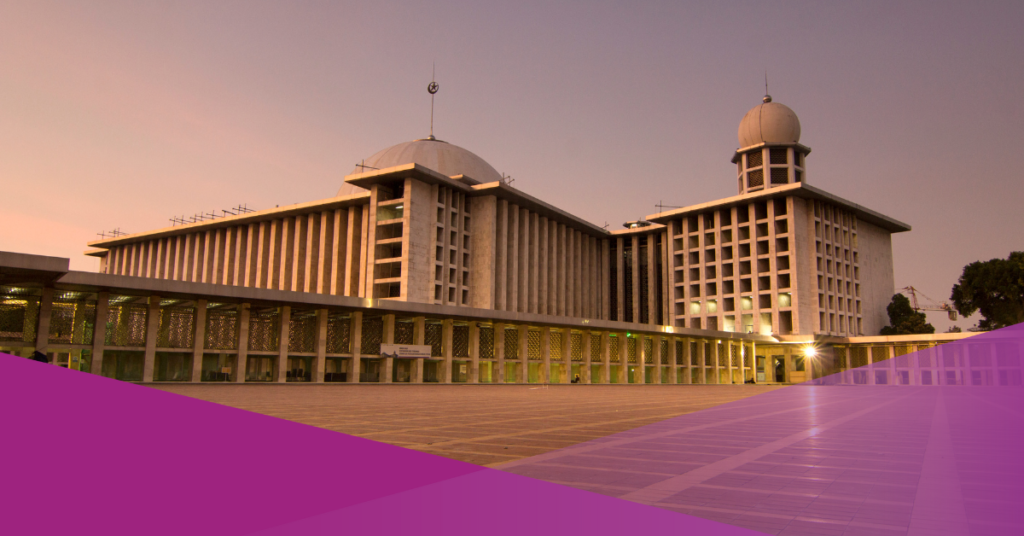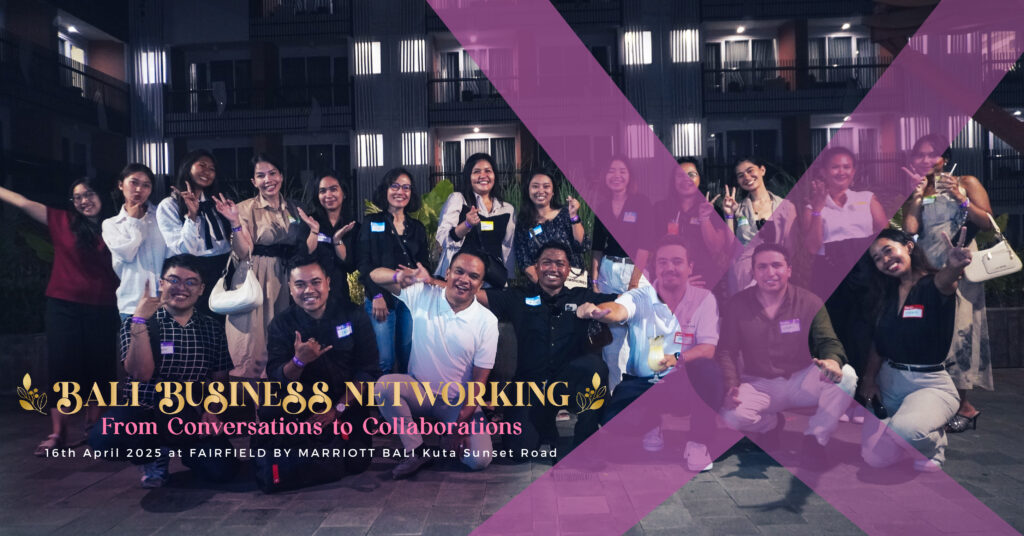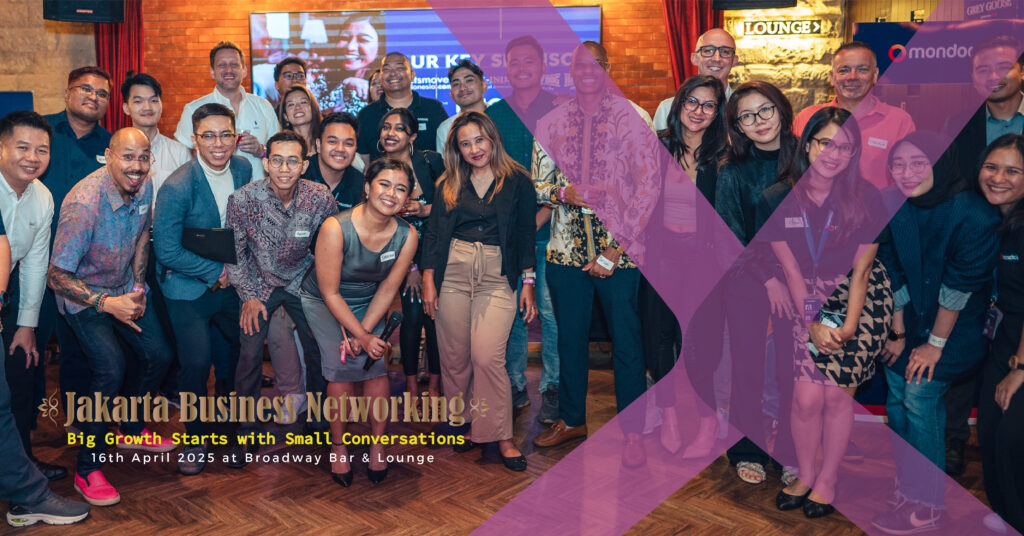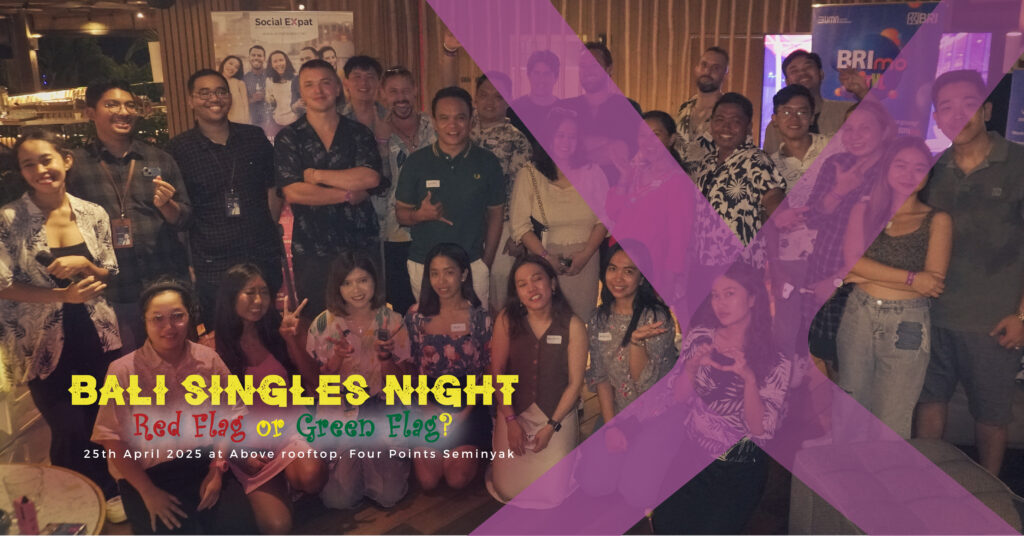Indonesia is known as a country with many islands. At least 17,000 islands are spread from Sabang to Merauke. Meanwhile, Indonesia now has 37 provinces.
Indonesia’s rich tapestry of cultures and tribes, each with its unique customs and norms, is a testament to the nation’s unity in diversity. This diversity, far from fragmenting the nation, unites its people in the pursuit of a just and prosperous society.
Ethnicity or ethnicity is a group of people who identify themselves and each other based on a common lineage, including similarities in culture, language, religion, behaviour, and biological characteristics. In a country, the ethnicity that occupies it is not only one but various ethnicities that vary from one country to another.
How Many Ethnic Groups in Indonesia? Indonesia has more than 300 ethnic groups or tribes; more precisely, according to the 2010 BPS census, there are 1,340 ethnic groups in the country.
Indonesian Cuisine That You Must Try
Indonesia is full of rich taste of unique spices that will create your appetite to the next level. A must try dishes is Rendang, Satay, Nasi Goreng, and Bakso. These culinary will take you to a glimpse of a flavour.
Read more about Indonesian Soups: Rawon and Soto Betawi Top the Charts as World’s Best Soups by TasteAtlas
The Beauty of Indonesian Language
The official language of Indonesia is Bahasa Indonesian, it is well known for its most expressive and poetic nature. It often using metaphors and proverbs that denote deep meanings and wisdom. For example, idiomatic expressions like “air di daun talas” (water on a taro leaf) depict moments that are passing or superficial, adding cultural depth to any conversation.
Read more about Exploring Common Internet Slang in the Indonesian Language
Why Does Indonesian Culture Have So Many Ethnic Groups?
One of the factors causing the diversity of society is the strategic location of archipelago, which is flanked by two continents and two oceans.
The two continents that flank Indonesia are the Asian Continent and the Australian Continent. While the two oceans that flank Indonesia are the Indian Ocean and the Pacific Ocean.
The diversity of Indonesian society is also influenced by the country’s natural conditions. Each island has unique geographical features, leading to differences in livelihoods, staple foods, habits, traditions, arts, house shapes, clothing, and beliefs in each region.
This impacts differences in livelihoods, staple foods, habits, traditions, arts, house shapes, clothing, and beliefs in each region.
On the other hand, the development of one region or island may be more advanced than others or slower than others, creating diversity.
The diversity of tribes, races, and beliefs, as well as the prevailing norms and values and the myths that develop in each region.
How Many Ethnic Groups in Indonesia?
The following are various kinds of tribes in Indonesia that are important to know.
1. Javanese Tribe
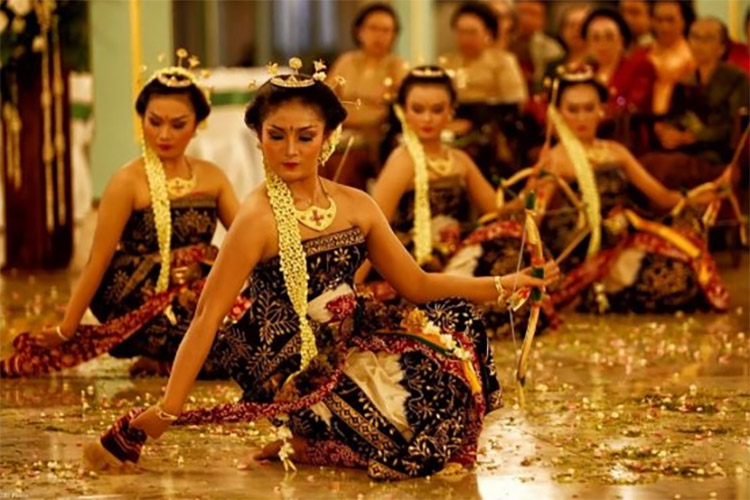
The Javanese is the largest ethnic group in Indonesia. They use Javanese in their daily speech; surveys show that approximately only 42% of Javanese people use Indonesian as their daily language, while 28% use mixed Javanese and Indonesian, and the rest only use Javanese.
The Javanese language, with its unique rules in terms of vocabulary and intonation based on the relationship between the speaker and the interlocutor, known as unggah-ungguh, has a strong social influence in Javanese culture. It makes the Javanese people very conscious of their social status.
In Javanese society, the kinship system is based on bilateral lineage, which means it is calculated from both sides, mother and father. This principle ensures that a Javanese cultural values is related equally extensively to his or her maternal and paternal family. They are also spread in various religion like Islamic, Buddhism, Hinduism.
Relatively solid kinship is usually established within the descendants of a single ancestor up to the third generation. However, the quality of the relationship between the nuclear family and the extended family varies from one family circle to another, depending on the circumstances of each family.
2. Sundanese Tribe
The Sundanese tribe known as Tatar Pasundan covers the western part of the island of Java, where most of the area is included in the provinces of West Java and Banten.
The word Tatar Pasundan is derived from the root word sunda or suddha in Sanskrit, which means shining, bright, and white.
The Sundanese tribe alone accounts for 5.5 per cent of Indonesia’s total population. Although scattered throughout various parts of Indonesia, most Sundanese people live in Banten, Jakarta, and Java.
The majority of this tribe is Muslim, but there are also a small number who are Christian, Hindu and even Sunda Wiwitan.
3. Batak Tribe
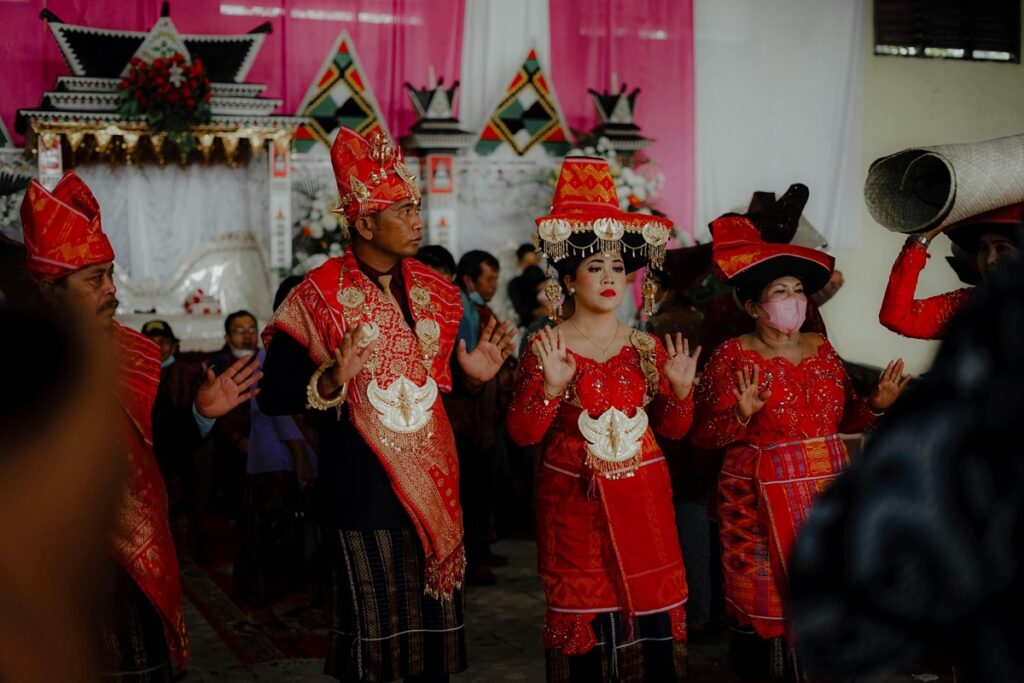
This tribe originates from North Sumatra and tends to spread to various regions in Indonesia. It comprises 3.58 per cent of the total population of Indonesia. The Batak tribe is divided into several parts, namely the Toba Batak, Mandailing Batak, Pakpak Batak, and Karo Batak.
The Batak tribe is one of the tribes in Indonesia that maintains its culture. They uphold traditions and customs, which are still implemented in the social life and daily activities of the Batak people.
4. Betawi Tribe
The next tribe in Indonesia is the Betawi Tribe. Betawi is one of the tribes located in the DKI Jakarta area, apart from the Sundanese and Javanese. The Betawi tribe is known for its very popular ondel-ondel. Their famous Pencak Silat culture is a must learn when you are visiting Jakarta.
5. Madura tribe
Next, there is the Madura tribe. The Madura tribe is one of several tribes in Indonesia that inhabit the East Java region. The majority religion of Maduranese is Islam.
However, besides the Madura there are also other tribes such as the Osing, or Tengger. The Madura tribe itself is known as an ethnic group that has a large population.
6. Banjar Tribe
The Banjar tribe is one of the tribes in the South Kalimantan province. The Banjar tribe is known for its population of 4.1 million people. Around 2.7 million people live in the South Kalimantan region, while the rest are overseas.
7. Dayak Tribe
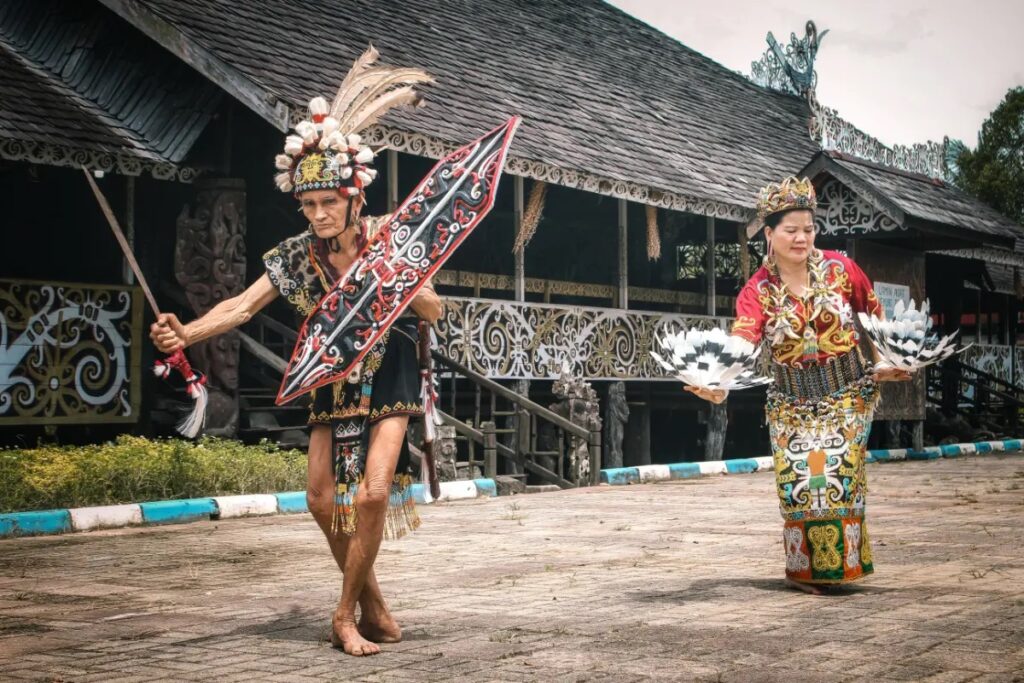
Dayak comes from the word “Daya,” which means upstream, to refer to people who live in the interior or perhuluan. The Dayak tribe is one of the “Original” tribes that inhabit Borneo Island (Kalimantan).
Borneo is divided based on the Administrative region, each consisting of East Kalimantan, whose capital is Samarinda; South Kalimantan, whose capital is Banjarmasin; Central Kalimantan, whose capital is Palangka Raya; West Kalimantan, whose capital is Pontianak, and North Kalimantan whose capital is Tanjung Selor.
The Dayak tribe has common cultural characteristics such as mandau, chopsticks, beliong, betang house or long house (radank house) and others. Other distinctive Dayak characteristics such as; ownership of weapons, and cultural arts.
8. Asmat Tribe
Known as the tribe of God’s incarnation, this tribe from Papua believes that they come from the descendants of the God Fumeripits.
The Asmat tribe is also one of the tribes from Papua Province that is worldwide because of its culture, which respects nature and the lives of its ancestors. Therefore, the wisdom possessed by the Asmat tribe is also extraordinary.
This ethnic group is divided into two, those who live on the coast and those who live in the interior. The two populations differ in many aspects, such as their way of life, dialect, rituals, and even social structure.
The division of the Asmat language downstream of the river is divided into the northwest coast group and the southwest coast group. At the same time, the Asmat language upstream is divided into Keenok and Kaimok groups.
9. Sasak Tribe
The Sasak tribe is one of the various tribes in the West Nusa Tenggara region. Its name is derived from the word sak-sak, which means canoe. Most of them still following the animism term, which they believe that dead object is still need a respect.
Meanwhile, in other news circulated in the community, the people generally believe that the word Sasak comes from the word sa’saq which means one. While the word Lombok comes from the word Lomboq which means straight. Therefore, when combined, the word will mean something that is straight.
10. Buru Tribe
The Buru tribe mostly lives on Buru Island. Apart from being the Buru Tribe, they also often refer to themselves as gebfuka or gebemiliar. The nickname has a certain meaning and meaning, namely people of the world or people of the land.
11. Minang Tribe
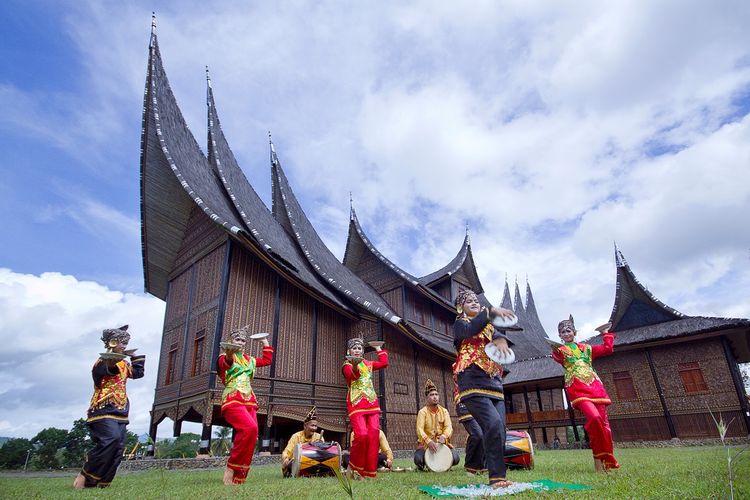
The next tribe in Indonesia is the Minang tribe which is one of the largest ethnicities in Indonesia with approximately 2.73 percent of the total Indonesian population as a whole.
Originating from West Sumatra, Minang people are also often equated with Padang people, because Padang is the capital of West Sumatra Province. However, the Minang people refer to their ethnic group as urang awak, which refers to the Minang people themselves.
In Minang culture, tribe can be interpreted as a clan or also as a clan or family name that descends or is taken from the mother’s lineage called Matrilineal. Rumah Gadang is the traditional house of the Minangkabau tribe which also has other designations, Gadang house, Bagonjong house, and Baanjuang house.
12. Bugis Tribe
The Bugis tribe is one of the tribes in Indonesia originating from South Sulawesi Province. It has also spread to various regions in Indonesia, such as Papua, Jakarta, Kalimantan, and Riau.
This tribe belongs to the Deutero Malay (young Malay) tribes. In addition, Bugis people can also be found in Malaysia and Singapore. According to the website of the Communication Information and Statistics Office of Wajo Regency, the word Bugis comes from the word To Ugi, which means Bugis people.
13. Madurese Tribe
The Madurese are an ethnic group with a sizable population in Indonesia, numbering around 20 million. They come from Madura Island and the surrounding islands, such as Gili Raja, Sapudi, Raas, and Kangean. In addition, many Madurese live in the eastern part of Java, usually called the “horseshoe” region, from Pasuruan to the north of Banyuwangi.
In Madurese society, kinship ties are formed through lineage from paternal and maternal relatives.
In general, kinship ties between fellow family members are closer to the paternal line, so they tend to “dominate”. The Madurese kinship ties themselves span up to four ascending and descending generations from the ego.
14. Bali Tribe
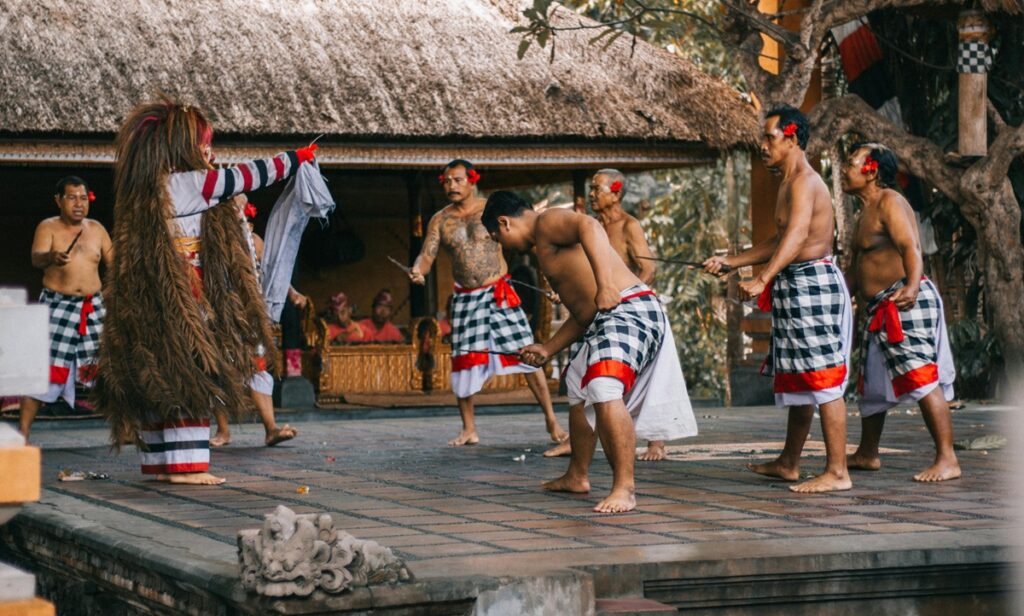
In the Balinese language, the Balinese are referred to as Wong Bali, Anak Bali, or Krama Bali. This tribe is the majority ethnic group on the island of Bali. The total population of the Balinese living on the island is around 3.3 million, while there are about 600,000 people scattered in several regions of the country.
Some of these areas are West Nusa Tenggara. Lampung, Bengkulu, Central Sulawesi, and several other areas. The Balinese use the Balinese language for daily activities. The social life system of the community itself is called Wangsa. Wangsa is a family system that is organized through lineage. Their famous expressive legong dance is a natural beauty to witness and their fictional story like Mahabharata and Ramayana.
Nowadays, the Wangsa system is not as strictly enforced as in the past. But in some ways, it is still maintained, for example, in traditional ceremonies that have become a tradition or in marriages that still distinguish the lineage of one’s ancestors.
15. Baduy Tribe
The Baduy tribe lives in the interior of Banten in isolation from the outside world, especially the Inner Baduy community, which lives simply and blends with nature. The Baduy tribe is divided into two large groups, namely, Inner Baduy (Baduy Dalam) and Outer Baduy (Baduy Luar). These two groups have differences, especially in terms of dress.
Inner Baduy is a group of Baduy people who firmly hold the ancestral customs. They strongly reject technology and modernization, so their life is still traditional.
The Inner Baduy generally wear white clothes that are woven by themselves. The white colour symbolizes purity. Meanwhile, the Outer Baduy tribe is more open to newcomers, although they still uphold the existing customs.
Some Outer Baduy people have used modern items such as mattresses, pillows, and some electronic devices. All-black woven clothing is a marker of the Outer Baduy community. The location of the Baduy tribe itself is at the foot of the Kendeng mountains in Kanekes village.
Of course, there are many more tribes in Indonesia that have not been explained. This shows the diversity of Indonesian culture, which is very rich.
